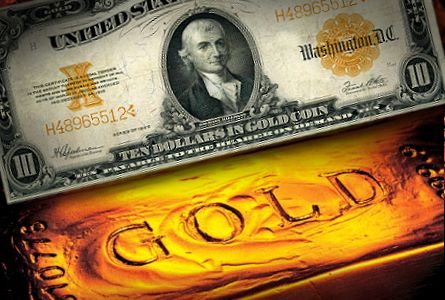The Gold Standard
Currency has played a major role in society for thousands of years. Having an established currency was the mark of humanity's first step towards "functioning modern society". Throughout history, one precious metal has stood as an inherit symbol of monetary value and that metal is none other than gold.
Around 700 B.C., Lydians made gold into coins, which was the first time in history, or at least the first recorded instance, a society established a standardized currency system for exchange. Gold was always desired and valuable prior to this point, but this act formally solidified its power to function as a monetary unit.
As more societies emerged around the world, more currencies came into being. Utilizing improved modes of transportation, countries began to engage in commerce with each other, and a global economic framework eventually took shape.
Countries all established different currencies, yet all mutually recognized gold as a valuable commodity. To facilitate trading, many countries adopted the gold standard or simply settled traded disputes with gold, since all countries had a common conception of gold's value. At the end of the 1800's, a formally written and established internationally gold standard was agreed upon by the majority of developed nations.
Although the gold standard could not survive as a long term monetary system, gold still exists as a physical commodity of value that most developed nations collectively recognize and purchase regularly.
Gold's significance in the history of commerce and the maintained international understanding makes it the perfect benchmark to compare the buying power of different currencies. Our project aims to draw insights from the buying power of different currencies using gold as the standard to determine each of their value.
